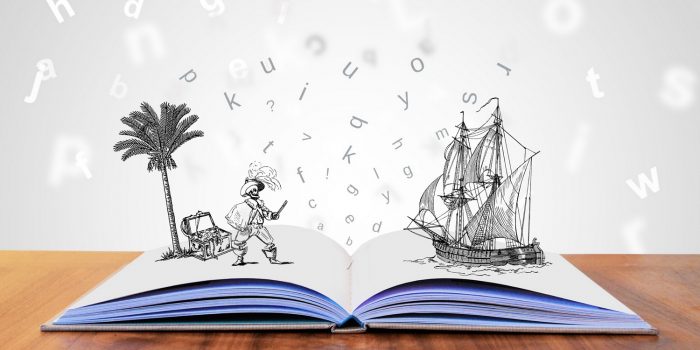If you are writing a short story for adult readers (and some young adults) you will most likely be limited in your word count, and to a certain degree, your plot points.
By using a formula, you can easily introduce your main characters, internal and external conflict, and resolution.
A good guide to creating characters and plot points is The Writer’s Journey: Mythic Structure for Writing by Christopher Vogler.
In his guide, Vogler gives you a series of characters and a breakdown of the pace of your story—what writers refer to as Act 1, Act 2, and Act 3.
For your short story, we can limit the characters (but add others as you like).
Your Ordinary Hero (male or female) is a reluctant character, one who needs something to react to. He or she must be smart enough to want to avoid trouble but motivated enough to face its dangers.
The Villain (human, lizard monster, or a natural disaster) must be bigger than life (Dracula, The Joker, a mass serial killer, or Krypton on the edge of destruction).
The hero needs a Sidekick, someone who can provide alternate ideas that help solve the mystery. You can produce a lot of information for readers through a conversation between hero and sidekick, whereas, that information coming just from the hero’s mouth makes it an information dump.
You need, as a minimum, two Minions. The hero must work hard so your villain should have more characters on his team than the hero has on his.
There should always be a Damsel in Distress—even if it’s a male, as in a bumbling boyfriend to the female protagonist. So, make that a Dude in Distress.
Rounding out the story, there should be a Mentor—someone who provides motivation by way of a magic sword, secret map, or hidden government papers that help the hero overcome the villain.
The hero should be rewarded in some way after defeating the villain’s evil empire, so your final character needs to be The King—someone who okays the hero marrying the princess (Damsel in Distress) or gives the hero money to start his own private detective firm, or be it an entity such as the University that pays Indiana Jones to go on his next adventure.
Use these characters to:
Introduce hero, villain, damsel in distress and the king in Act 1 along with identifying the main problem.
Add the rest in Act 2 and the journey begins. You can add a series of stumbling blocks (more minions and speed traps) from here on until the hero and villain face their last battle.
In Act 3, the hero wins, saves the fair maiden and returns to the kingdom for a just reward—only to be surprised by the villain the readers thought had died, or by a deadly trap set up before the villain dies, and that gives the hero one more chance to save the day and make the readers happy.
End of story.
- Researching Your Subject - June 6, 2025
- Who Ya Gonna Call? - March 11, 2024
- How Do I Start? - May 8, 2023

